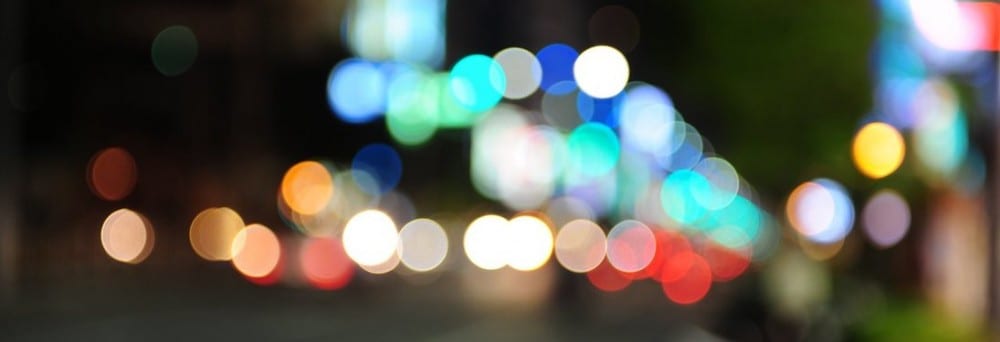While watching the Radio Ballet Leipzig (Radiodispersion, 2008), I noticed that the use of an mp3 player within a performance can create a shift of power in social situations. For example, within certain sections of the train station the majority of the people there were “actors”, whose presence outnumbered the non-participating public. This contrasts greatly to what usually happens within society. Thus, this shift in power towards the “actors” forced those who were not participating to became the minority, and perhaps feel awkward. Comparing this to Mike Pearson’s Site-Specific Performance (Pearson, 2010), it is clear that this is an example of a ‘They go there, you and I do not’ (Pearson, 2010, 24) situation. The creators of the piece used an mp3, which didn’t require their presence, to alter the ‘physical stances and body attitudes’ (Pearson, 2010, 24) of the participants in a social situation. It also encouraged them ‘to touch and smell and listen as much as look’ (Pearson, 2010, 25) in a way which opposed social norms which are considered odd. The use of an mp3 interests my own ideas for a performance because it allows a creator to dictate to a willing audience without actually being there, thus allowing the piece to be performed whenever is best for the participants.
Bibliography
Radiodispersion (2008), Radio Ballet Leipzig Main station Part 1 [online video] Available from https://www.youtube.com/watch?v=qI3pfa5QNZI [Accessed 10 February 2015].
Pearson, M. (2010) Site-Specific Performance. Basingstoke: Palgrave Macmillan.




